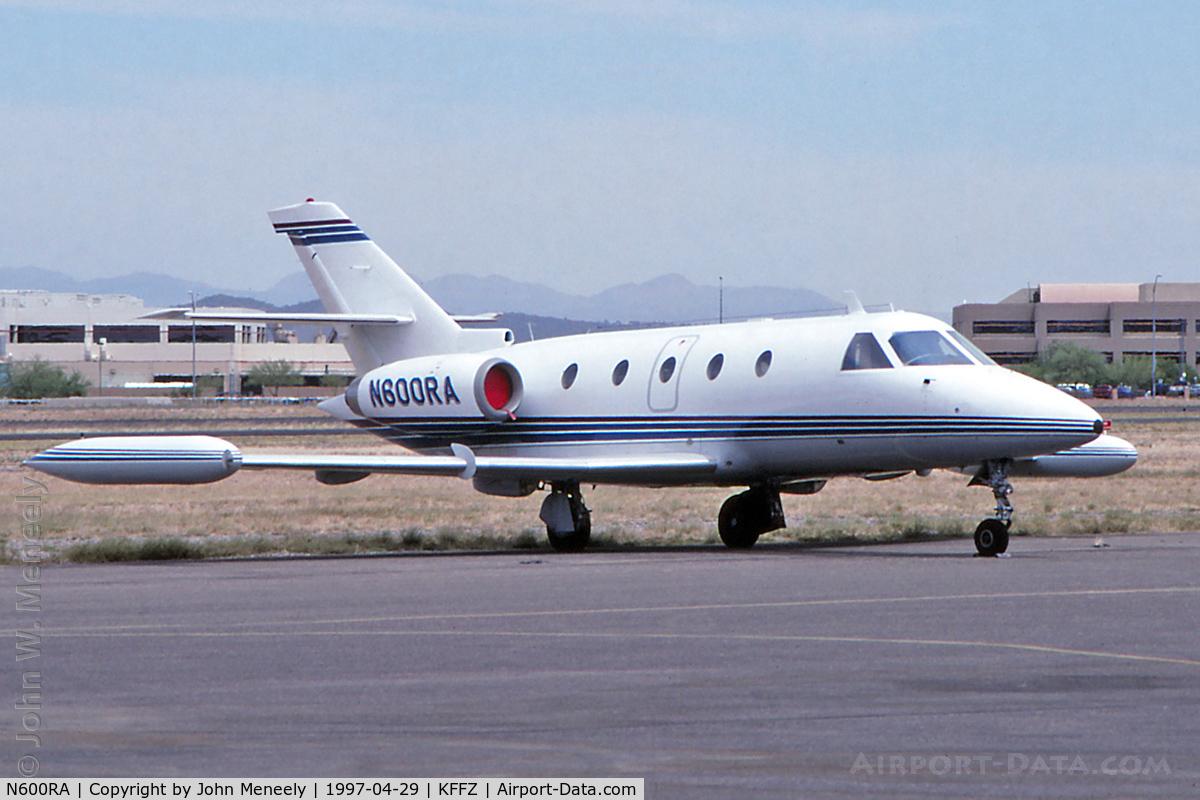
Editor’s Note: This is the second of a four-part series on the automatic response “We can do that!” The better thought might be, “Should we do that?” Here is part one.
The more experience in an aircraft I had, the more likely I was to push the limits. I think we pilots are highly susceptible to this mental handicap. We tend to have high opinions of our abilities and that tells us “We can do that!” It might help to look at a few examples of other very fine pilots who thought they could stretch the limits but ended up well short.
I’ve spent most of my career flying twin-engine jets, almost always with both engines operating. With just a few exceptions, my single-engine experience has been limited to sitting in the chocks, the brakes set, wondering why one or the other engine failed to start. My “We can do that!” attitude in these situations is usually directed toward a mechanic, who is desperately searching for a spare igniter or air turbine starter. I’ve had passengers ask if we can fly with just one engine and I explained that the manufacturer assures me that I can take off with just one engine, provided I had both for most of the takeoff roll. I’ve never considered beginning the takeoff with just one engine turning. But that’s just me.
On March 19, 1998, the pilot of an Aerospatiale SN-601 Corvette (N600RA) was faced with his “We can do that!” moment at Portland International Airport, Oregon (KPDX). He was the director of operations for his company, an FAR Part 135 commercial operator. The trip was to be flown under Part 91, with three passengers. While the Corvette required two pilots, he was the only multiengine pilot on board. He put one of the passengers, a single-engine rated private pilot, in the copilot’s seat. While taxiing out for takeoff, he was unable to start the right engine. He returned to the FBO but declined any kind of maintenance help and instead made a few phone calls. He canceled his Instrument Flight Rules flight plan and refiled under Visual Flight Rules to Redmond, Oregon.
The pilot and passengers then reboarded, he restarted the left engine, and taxied back to the runway. Witnesses say the “airplane seemed to be going much more slowly than usual at rotation, and seemed much quieter than usual during the takeoff attempt.” The airplane became airborne about 4,000 ft. down the runway, its wings rocking, and achieved a maximum altitude of 5-10 ft. before settling back to the ground, where it slid off the side of the runway. The aircraft was damaged beyond repair, but none of the occupants were harmed.
In a written statement to the FAA investigator, the pilot said the right engine failed just as he started to rotate. Examination of the cockpit voice recorder revealed that the engine was never started in the first place and the pilot was attempting a “compression” start by getting airflow into the engine during the takeoff roll. Of course, there is no such procedure in the Corvette’s Airplane Flight Manual (AFM), which specified the minimum speed for an air start would have been 200 kt.
We will never know the pilot’s motivations, but I hypothesize he was trying to ferry the airplane to home base, where he might have had a starter on the shelf. His attempt to save a few dollars in parts cost him the airplane.





